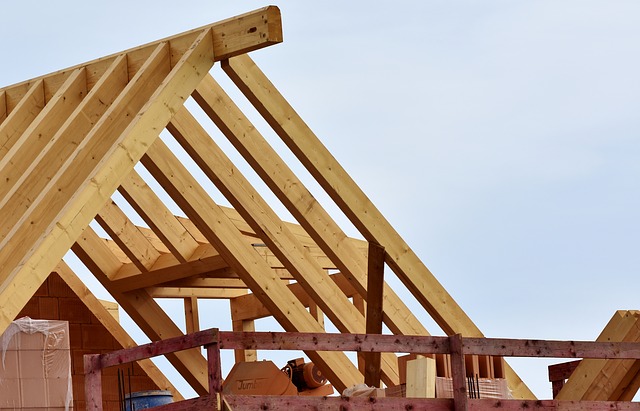In a study that created scenarios that are evidence-based for the year 2036, the study depicts that manufacturing and automation could grow in the field of construction, leading to the creation of more knowledge-intensive jobs. The study was keen to highlight how difficult and dangerous jobs will be eliminated by future technology especially due to the aging workforce.
When experts were asked about the extent to which automation could affect the tasks that were operated by humans, there was no consensus as to how many tasks would be automated. The point of contention that came up was how courageous the industry would be to create new solutions and jobs. The research suggested that the construction workforce would have to understand the use of digital applications which will transform traditional communication systems and project management.
Construction jobs for the future
The scenario development and trend analysis in the study above came up with new construction industry jobs in the year 2036 which included:
Augmented/virtual reality trainers
Developments in the augmented and virtual reality technology are going to provide low-cost immersive working environments where trainers and apprentices can virtually hold meetings and training functions on areas like the design studio, factory, work-site and other areas.
Building assembly technician
This will involve workers who examine data feeds and oversee the robotic systems throughout the life-cycle of a project. These workers will ensure that the workflows are optimized and adjustments are made in real time to adjust the process using the feedback from clients about the changes in design and materials.
Building drone operators
These professionals will be tasked with controlling and programming drones for complex tasks like site maintenance, site inspection and delivery of materials.
Robot resource managers
Robots that will be used in the construction workforce will need people who will take care of software programming, commissioning, re-purposing and maintenance and even the recycling of some robotic parts. This will be a huge field that will need many workers to make all the operating functions of all the spheres to work smoothly.
More opportunities
The construction industry is going to change even more when systems like Building Information Modelling (BIM), rapid progress in 3D printing capacities and robotic machine prototypes like a Fastbrick robot will be introduced. These AI task innovations will create more opportunities for employment because the new skilled workforce will need to acquire the necessary skills of software programming and less of the physical types of work like bricklaying.
A BIM system is a software that comes up with a 3D environment of a building. Not only does it produce this visualization, but it also extends the 3D imaging to present cost control, scheduling, energy performance monitoring and facility management.
The implementation of the BIM system started in 2016 in countries like the UK for the construction of major infrastructure projects in future projects. As the skillset of workers continues to increase in the use of BIM, more customers will demand that projects be managed in this manner.
In the Netherlands, a company called MX3D is already implementing construction projects using industrial robots that use 6-axis to print a steel bridge that is fully functional. There is another innovation in robotics that has been invented by the University of Southern California known as Contour Crafting technology, this invention has a great potential of automating full structure construction together with its sub-units. Another company in China is using 3D printing to construct housing units.
As from 2023, the manufacturing industry is expected to grow on an annual basis at a rate of 5%. How construction jobs will change in the next two decades will depend on the strategic thinking and implementation of the changes that are coming. These changes will require humans to exercise decision making and judgment that reflects human aspirations and values. These are tasks that cannot be done by an advanced AI system.
Humans versus machine
Andrew Charlton knows that more people are worried about losing their jobs to automated systems. But according to him and other experts, the rise in the application of AI systems is not in any way a danger to the human workforce as is propagated in movies and in the media. Automation is a component of evolution that we have to be prepared for because new opportunities will come. The implementation of AI will start out slow, but by the time when automation and machines are applied into fields like construction, there will be new job creations that will be generated to complement the use of AI.
Impact of AI in the construction industry
Andrew Charlton has a view that the early adopters of AI in the field of construction will experience precise insights of data which will provide contractors with the opportunity to optimize productivity, value, and work safety.
